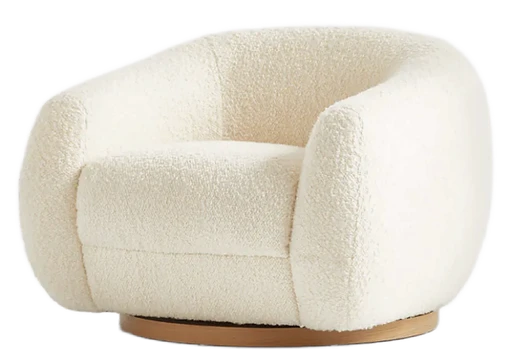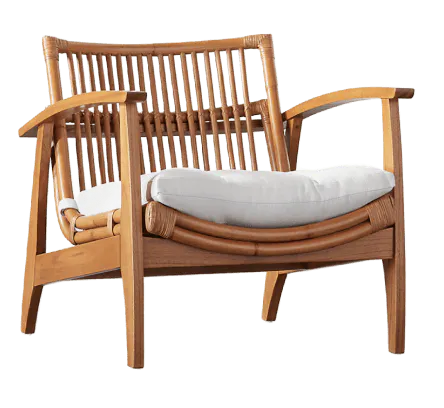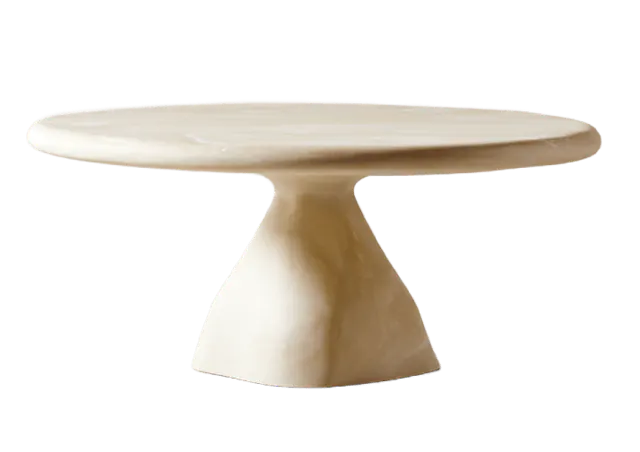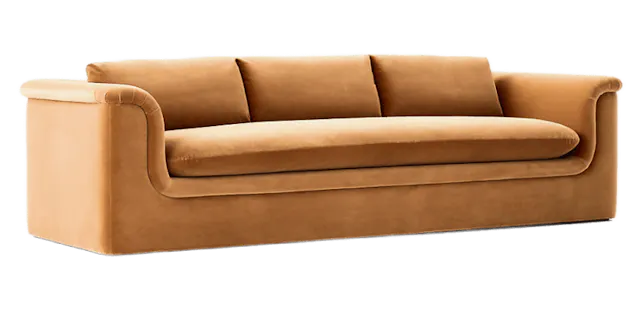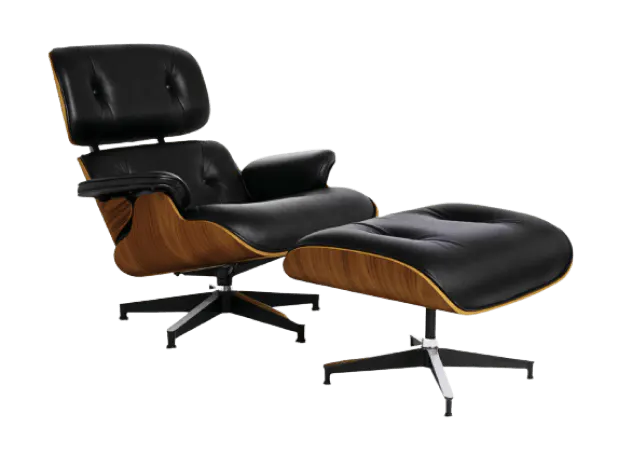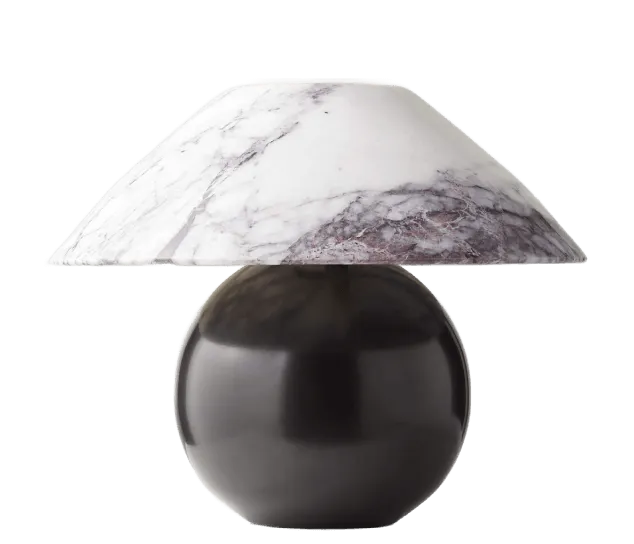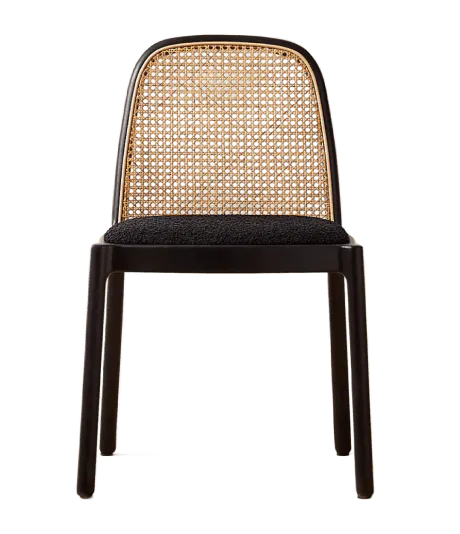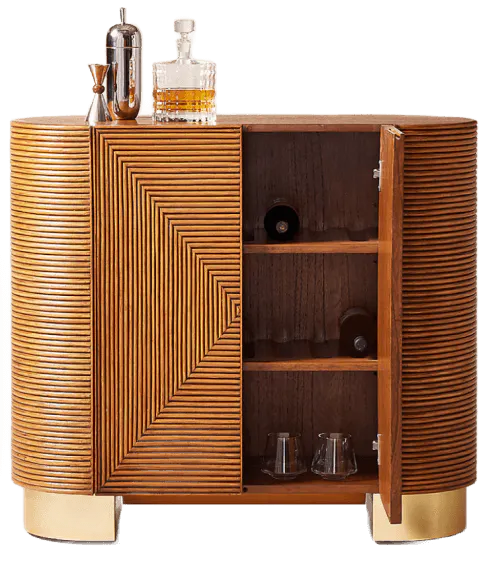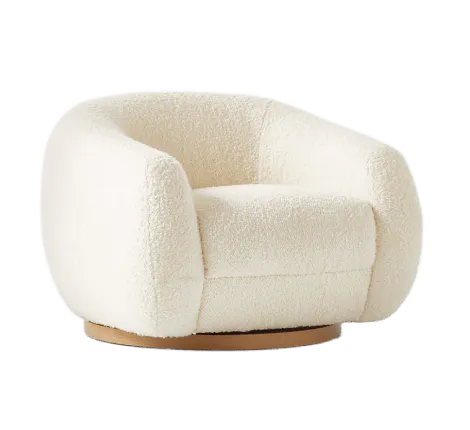Types of Dressers
Horizontal Dressers
Horizontal dressers stand as the old reliables in bedroom furniture. A typical one spans 60 to 72 inches wide and stands about 30 inches tall, usually sporting two or three rows of drawers. Space, that's what you get here. Lots of it.
These are the dressers for people with room to spare and clothes that need a home. Most owners pop a mirror on top, turning it into their morning prep station. They work best in larger bedrooms where wall space isn't an issue. Nothing fancy about them. Just solid, practical furniture that gets the job done.
Tall Dressers
Tall dressers reach for the sky but keep their footprint small. They measure about 30 inches wide but climb past 50 inches tall. Perfect for small spaces where every square foot counts.
Most come with five to seven stacked drawers, making organization straightforward. Everything stays vertical. Sweaters up top. Pants below. Simple stuff. These fit right into studio apartments or kids rooms, especially when floor space comes at a premium. Smart choice for narrow walls or tight corners.
Double Dressers
Double dressers bring twice the storage power of standard horizontals. They pack two full columns of drawers, usually six to nine total, stretching past 72 inches wide. Most people crown these with a big mirror, creating a proper dressing station.
Couples love these. His side, her side, problem solved. Some fancy models throw in a middle cabinet or special jewelry drawers with soft lining. They belong in master bedrooms, where they can spread out and make a statement. When you need serious storage all in one spot, these deliver.
Combo Dressers
Combo dressers break the usual rules. They mix drawers with cabinets, maybe throw in some shelves behind doors. These handle real-life storage needs, from winter sweaters to extra blankets to that craft stuff you swear you'll use someday.
They come in all sizes, usually between 40 and 60 inches wide. Perfect for those rooms that pull double duty, like guest rooms or home offices. Some people even build them right into walk-in closets. When you need flexible storage but hate matching sets, combo dressers make sense.
Lingerie Chests
These slim towers pack smart storage into tight spots. Standing about 50 inches tall but barely 20 inches wide, they feature shallow drawers perfect for small items. Not just for delicates anymore, these chests store everything from watches to scarves to craft supplies.
They slide right into those awkward spaces. Between windows, beside bigger furniture, or tucked into walk-in closets. Small but mighty useful, these chests turn dead space into storage gold. When you need organization, but floor space comes at a premium, these tall boys deliver.
Bachelor's Chests
Bachelor's chests keep things simple with three or four drawers tops. About 36 inches wide and under 40 tall, they work like oversized nightstands. The name stuck from when single guys were the main buyers, but now anyone wanting compact storage grabs these.
They fit anywhere. Next to beds, under windows, and even holding TVs in small rooms. Nothing complicated about them. Just straightforward storage that works double time as a side table. Perfect for guest rooms or anywhere space runs tight.
Gentlemen's Chests
These dressers split the difference between storage styles. One side packs drawers while the other hides a tall cabinet, usually stretching 50 to 70 inches wide. Inside that cabinet? Hanging rods and shelves for suits and dress shirts that need breathing room.
Perfect for rooms missing closets or folks with lots of clothes to hang. Sure, they take up more space than regular dressers, but they earn their keep. When you need serious storage without buying separate furniture pieces, these handle both folded and hanging items in one spot.
Media Dressers
These modern storage solutions solve two problems at once. Built like regular horizontal dressers but with smart features up top, they hold both clothes and electronics. The upper section includes spots for cable boxes and game systems, while regular drawers fill the bottom.
They run between 50 and 70 inches wide, depending on your TV size and storage needs. Cable management holes keep things neat, and drawers hide everything else. Smart choice for bedrooms where space gets tight or apartments where every piece needs to work overtime.
Wardrobe Dressers
These giants stand like old-school furniture royalty. Rising past 72 inches tall, they combine hanging space behind doors up top with drawers down below. Most come decorated with fancy woodwork that tells stories about craftsmanship and tradition.
People grab these when built-in closets aren’t an option, especially in older homes or apartments. Some hide mirrors inside their doors; others transform into mini home offices. Think of them as portable closets, perfect when you need serious storage but can't change the architecture.
Custom Built Dressers
When regular dressers just won’t cut it, custom-built step in. These can take any shape you dream up, from simple storage to complex organization systems. Some folks add modern touches like hidden chargers or soft-close drawers, while others go full artisan with exotic woods and hand-carved details.
Starting around 60 inches wide, these pieces fit exactly where you need them. Perfect for those weird alcoves or specific style requirements. Sure, they cost more than store-bought options, but nothing beats furniture that fits your space like it grew there naturally.
Styles and Aesthetic Considerations

Image: Buffet Sideboard Storage Cabinet with Large Drawer
Modern Dressers
Clean lines rule modern dressers. No fancy handles here, just smooth surfaces with hidden pulls or push-open drawers. Colors stick to basics like white, black, and gray, though some bold souls go for deep blues or forest greens.
Most float on slim metal legs or hug the ground completely. These pieces work best in city apartments or bedrooms that already speak the language of less is more. Think spaces with smart lighting and minimal decor.
Traditional Dressers
Traditional dressers bring all the extras. Carved legs curve like ocean waves, crown molding tops each piece, and brass handles catch the light. Solid cherry or mahogany wood shows off rich, deep colors that feel like old money.
These pieces carry weight beyond their size. They belong in rooms with thick curtains and antique mirrors, spaces that tell stories through their furniture. Perfect for homes where history matters more than trends.
Rustic Dressers
Rustic dressers wear their imperfections proudly. Wood knots, rough edges, and metal pulls that look hand-forged create character. Pine and reclaimed wood dominate, usually finished in earth tones or left natural.
These fit right into mountain cabins or beach houses. They don’t mind sandy feet or wet towels. Each scratch adds another story to tell.
Transitional Dressers
Transitional pieces bridge old and new worlds. They might pair sleek drawer fronts with warm wood tones, or mix modern shapes with vintage-inspired hardware. Colors stay neutral, letting the design do the talking.
These dressers adapt to changing styles like social butterflies at a party. They work in almost any room without stealing the show. Perfect for homes that like to keep their options open.
Scandinavian Style Dressers
Simple lines tell the whole story here. Light woods bring the outdoors in, usually birch or pale oak paired with crisp white finishes. Most skip fancy handles completely. Just smooth edges and clever cutouts for opening drawers. Pure function meets quiet beauty.
These pieces attract people who think about their impact. Everything's intentional, from the sustainable materials to the honest construction methods. They work wonders in smaller spaces. And that light wood tone? It practically glows in the morning sun.
Maximalist and Boho Dressers
Rules? What rules? These dressers celebrate chaos in the best way possible. Colors splash everywhere, patterns mix freely, and materials range from grandma's antique wood to yesterday's street market find. Some show off hand-painted designs that took days to perfect.
Perfect for rooms that aren't afraid to speak up. Each piece carries stories, memories, maybe even a few happy accidents. When your style screams "more, please," these dressers feel just right.
Material and Construction
Wood Finishes and Natural Materials
Wood tells stories through its grain. Oak brings strength and character; those swirling patterns catch the morning light just right, like this 3-drawer oak dresser. Walnut costs more, but, man, those deep brown tones make everything feel expensive. Pine? Sweet and simple, but it remembers every coffee cup and jewelry drop.
Some folks hunt for pieces that look like they've lived a little. Scratches and dings become features, not flaws. Paint works, too, especially when you want that pop of color. But here's a secret: really good veneers can fool anyone these days. They give you that solid wood look without the solid wood price tag.
Hardware and Build Quality
Ever opened a drawer that just glides? That's quality right there. No sticking, no weird angles, just smooth movement every single time. Good joints matter too. Dovetail construction means that the dresser might outlast your interest in its style.
Hardware makes or breaks the whole look. Those brass pulls grandma loved? Still classic. Sleek modern handles change everything, though. Sometimes, there are no handles at all. Just push to open. Fancy.
And listen, about those soft-close drawers. Nobody needs them. But once you've had them? Regular drawers feel like living in the Stone Age. The good stuff costs more upfront, sure. But quality means buying once, not replacing every few years when things start falling apart.
Tools like Dupe help find those high-end looks without the high-end price tags because good furniture shouldn't mean eating ramen 'til next Christmas.
Functional Buying Considerations

Image: Kalani 6 Drawer 47" W Double Dresser
Size Guide
Regular dressers spread out wide. Most hit about 60 inches across, some even more. They stay pretty low, just 30 inches off the ground. Perfect for tossing keys or setting up a mirror.
Those tall ones? Different story completely. They climb past 50 inches but keep it narrow between 30 and 40 inches wide. Smart design for tight spots.
Nobody ever thinks about depth until the delivery truck shows up. You need at least 16 inches from the wall, probably more like 20. Then remember drawer space. Cause trying to squeeze past open drawers in the morning? Not fun. And if you're thinking about a mirror on top, look up. Ceiling height matters.
Storage Needs by Room Type
Big bedrooms can handle those double dressers. Makes sharing way easier. No more fighting over drawer space. Just split it down the middle and call it done.
Small rooms need vertical thinking. Tall chests turn dead corners into storage gold. Guest rooms work better with those bachelor chests. Just enough space without taking over.
Shared spaces get complicated. Roommates need clear boundaries, even with furniture. Some combo units split right down the middle. Pretty genius actually.
But listen. Match your storage to your stuff first. Who cares if it looks amazing online if your sweaters don't fit? Real life needs real solutions. Style comes second.
Design Fit Based on Lifestyle
Some folks keep their lives simple. Minimalists. They gravitate toward those clean Scandinavian pieces with barely there handles and smooth surfaces. Everything in its place. But collectors? They need serious storage space. Those horizontal dressers with deep drawers, like this wood grain 13-deep drawer dresser, become lifesavers when you've got stuff. Lots of stuff.
Moving around a lot changes everything. Apartment life means thinking vertically, cause those tall dressers slide through doorways easier than wide ones. Plus, they tuck into corners like they were made for them. Smart.
The entertainment setup in the bedroom needs its own solution. Media dressers handle those gaming consoles and cable boxes while keeping your socks organized below. And those cord holes in the back? Pure genius for hiding technology spaghetti.
Common Mistakes to Avoid
People get excited about dressers online. They see this gorgeous piece, fall in love, and click buy. Then it shows up. Massive. Way too big. The bedroom feels like a storage unit with a bed squeezed in. Nobody wants that.
Quality matters more than most folks think. Open those drawers. Close them. Do it again. Cheap slides stick after a month. Good ones glide forever. And those joints where the wood meets? They tell you everything about how long that dresser's gonna last.
But the biggest mistake? Getting stuck on trends. That ultra-modern piece looks amazing on Instagram. But if you're not really a modern person, you'll hate it by next spring. Buy what fits your actual life, not your Pinterest dreams. Real talk.
And if budget's tight but you still want style? Tools like Dupe help find those designer lookalikes that won't empty your bank account. Same vibe, better price.
Final Take
A dresser solves storage problems, plain and simple. But picking the right one? That's where things get interesting. Some folks need those wide horizontal ones cause they've got room to spare. Others live in tight spots, so those tall boys make more sense. Smart thinking matters here.
Look at what you actually own first. Really look at it. Count those sweaters, those jeans, those things you swear you'll wear someday. Then check your space. Measure it. Think about how you move around in the morning.
And here's a tip nobody talks about: try mixing it up. Maybe that media dresser works better than a TV stand. Or that slim chest fits perfectly in your closet corner. Sometimes the best solution isn't the obvious one.
Money tight but style matters? Check out Dupe. It finds lookalike furniture that won't empty your wallet. Same style, lower price tag. Because good storage shouldn't cost a fortune.
FAQ
What’s the difference between a chest of drawers and a dresser, and does it matter which one I get?
They’re similar, but not quite the same. A chest of drawers (or tall dresser) is narrow and vertical — great for small rooms where floor space is limited. A standard dresser, especially horizontal or double styles, is wider and lower, offering more surface space for décor or a mirror. The right one depends on your room layout and storage needs.
Can a combo dresser really save space if I already have a closet?
Definitely. Combo dressers give you both drawers and cabinet space, making them perfect for bulkier items like linens, even if you’ve already got built-in storage. They’re especially useful in walk-in closets or bedrooms where you want extra storage without adding multiple pieces of furniture.
Why do some dressers have shallow drawers while others are deeper?
It comes down to purpose. Shallow drawers are made for smaller items like socks or underwear, while deeper drawers are designed to hold bulkier pieces like sweaters or jeans. A mix of drawer depths gives you more flexibility to organize without overstuffing.
How do dresser finishes change how a bedroom looks?
A lot, actually. White finishes give off a clean, modern vibe. Dark wood or black dressers add contrast and drama. Rustic styles with distressed wood bring in texture and warmth, while mirrored or metallic finishes lean contemporary and sleek. The finish helps tie the whole room together.
Are modern dressers better built than antique ones?
Not necessarily. Antique dressers often use solid wood and feature beautiful handcrafted details. Modern ones may have sleeker profiles and lighter materials. What matters most is build quality — look for things like solid construction, dovetail joints, and sturdy hardware for a piece that lasts.
Why do some people put dressers in their closets instead of the bedroom?
It’s a smart way to save space. Smaller dressers or lingerie chests fit easily inside closets, helping keep bedrooms uncluttered. They’re great for organizing things like accessories, seasonal clothes, or undergarments without taking up extra room.
Do dresser styles actually affect how much you can store?
Yes — style impacts function. Vertical dressers offer height-saving storage with narrower drawers, while horizontal dressers provide wider drawers for bulkier items. Combo dressers give you a mix, often with cabinet sections for extra flexibility. The right style helps maximize space based on what you’re storing.
How do you pick the perfect dresser for a shared bedroom?
Shared spaces need balance. A double dresser offers side-by-side drawers, ideal for couples or roommates. Combo styles work well if one person has more bulky items. Consider space too — a tall dresser may suit tighter rooms, while a wide dresser fits more spacious setups. Aim for a neutral design that suits both tastes and keeps things tidy.







